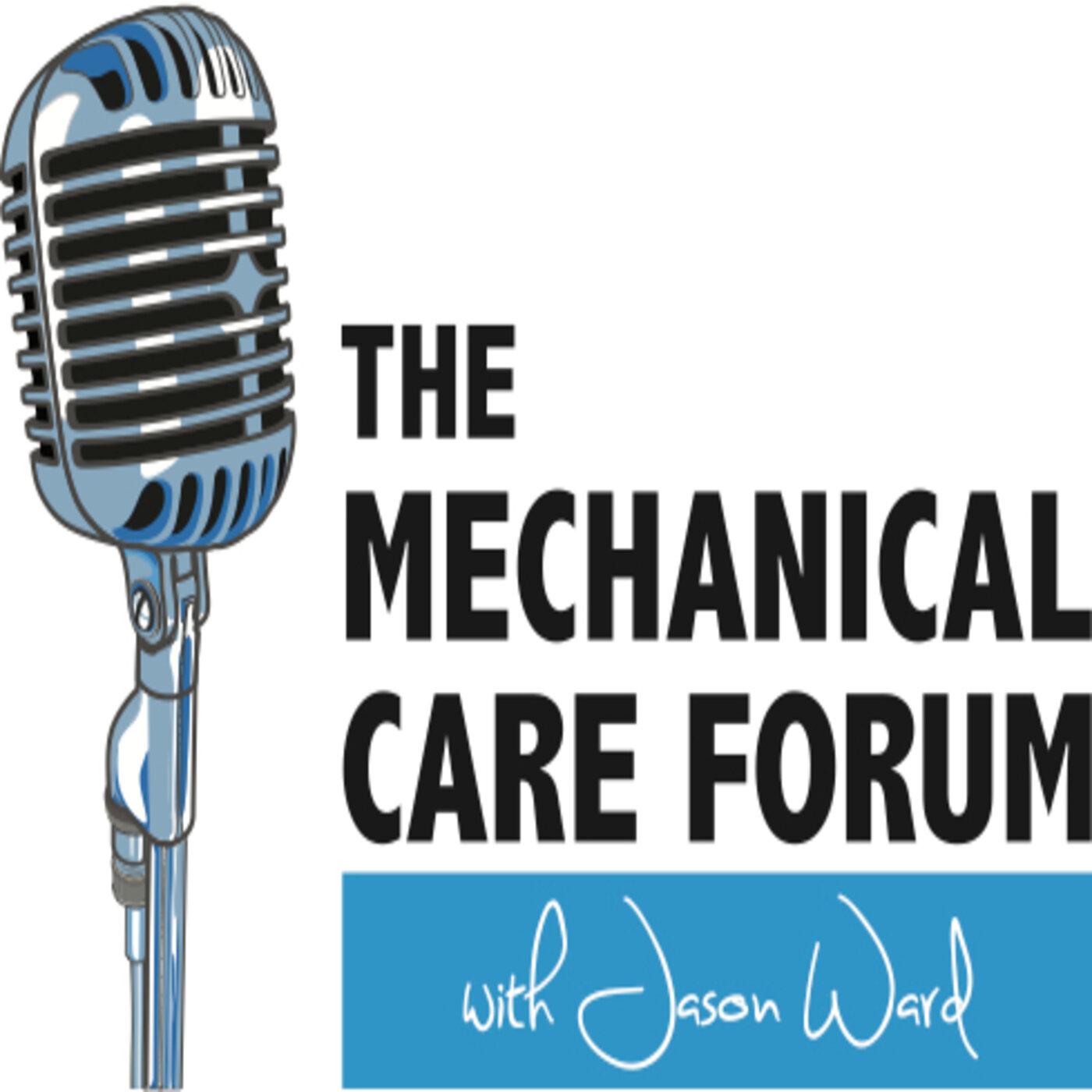In episode 13 of season 6 of Inside the Science we’re highlighting the study, “Observational Scapular Dyskinesis: Known-Groups Validity in Patients With and Without Shoulder Pain” with Dr. Lori Michener. She explains specific on the methods, some limitations in the design, the conclusions she encourages the reader to takeaway related to scapular movement, how she’s use this study to educate her patients, additional clinical implications and big takeaways, the clinical implications and the big takeaways.
Season 6, Episode 11 with Joshua Zadro: Diagnostic Labels for Rotator Cuff Disease Can Increase People’s Perceived Need for Shoulder Surgery
In episode 11 of season 6 of Inside the Science we’re highlighting the study, “Diagnostic Labels for Rotator Cuff Disease Can Increase People’s Perceived Need for Shoulder Surgery: An Online Randomized Controlled Trial” with Dr. Joshua Zadro. He explains the details on what was in the literature previously including the variability of terms used to label it, what prompted he and his coauthors to conduct and publish it, specifics on how these surveys were delivered, there important results found, the clinical implications and the big takeaways.
Season 5, Episode 16 with Nathan Savage: The Relationship Between History and Physical Examination Findings and the Outcome of Electrodiagnostic Testing in Patients With Sciatica
In episode 16 of season 5 of Inside the Science we’re highlighting the study, “The Relationship Between History and Physical Examination Findings and the Outcome of Electrodiagnostic Testing in Patients With Sciatica Referred to Physical Therapy” Dr. Nathan Savage. He shares what prompted this study, the results and association or lack of association with examination and patient history for patients with sciatica of electrodiagnostic testing with sciatica, how this should impact our care and education for our patients, the clinical implications and the big takeaways.
Season 5, Episode 5 with Richard Rosedale: Efficacy of Exercise Intervention as Determined by the McKenzie System of Mechanical Diagnosis and Therapy for Knee Osteoarthritis; An RCT
In episode 5 of season 5 of Inside the Science we’re highlighting the study, “Efficacy of Exercise Intervention as Determined by the McKenzie System of Mechanical Diagnosis and Therapy for Knee Osteoarthritis; A RCT” with Mr. Richard Rosedale. He shares some specifics of the methods important to understand, the operational definition of directional preference in this paper, the most important data he’d suggest we take from the results like the effect size, the clinical implications and the big takeaways.
Season 3, Episode 11 with Tim Gabbett: How Much? How Fast? How Soon? Three Simple Concepts for Progressing Training Loads to Minimize Injury Risk and Enhance Performance
In episode 11 of season 3 of Inside the Science we’re highlighting the study, “How Much? How Fast? How Soon? Three Simple Concepts for Progressing Training Loads to Minimize Injury Risk and Enhance Performance” with Dr. Tim Gabbett. He shares considerations of elements of load related to athletes including the floor, the ceiling, and time in respect to the competitive season, what the practitioner working with athletes should consider in terms of preparing them and keeping them healthy, where one could go to find out more on this topic, the implications when working with athletes and the big takeaways.
Season 2, Episode 15 with Daniel Deutcher: PTs Level of Education, Functional Outcomes and Utilization in Patients with LBP
In episode 15 of season 2 of Inside the Science, we’re highlighting the article, “Physical Therapists’ Level of McKenzie Education, Functional Outcomes, and Utilization in Patients With Low Back Pain” with the author, Dr. Daniel Deutcher. He shares a look at how this study was conducted, what specifically was shown between different levels of training, some assumptions of the reasons behind these findings, the clinical implications, and the big takeaways.
Season 2, Episode 5 with Hans van Helvoirt: Centralization and Directional Preference Influence on Spinal Control
In episode 5 of season 2 of Inside the Science we’re highlighting the study, “The Influence of Centralization and Directional Preference on Spinal Control in Patients With Nonspecific Low Back Pain” with Mr. Hans van Helvoirt. He shares a bit of the reason why he thought this topic was important to study, how he uses the results to influence his clinical reasoning with spinal control tests whether directional preference or centralization is present, and the big takeaways.
